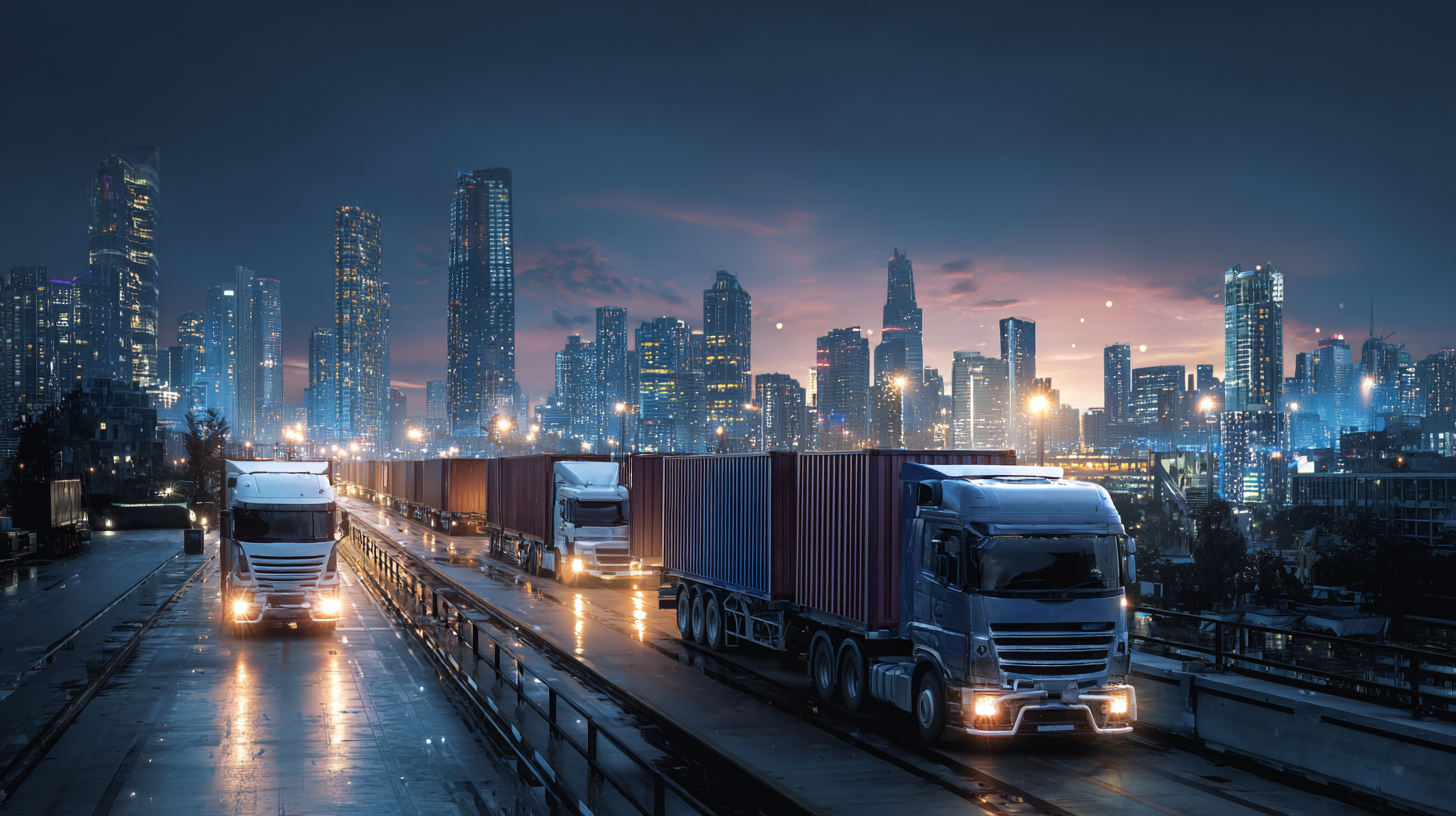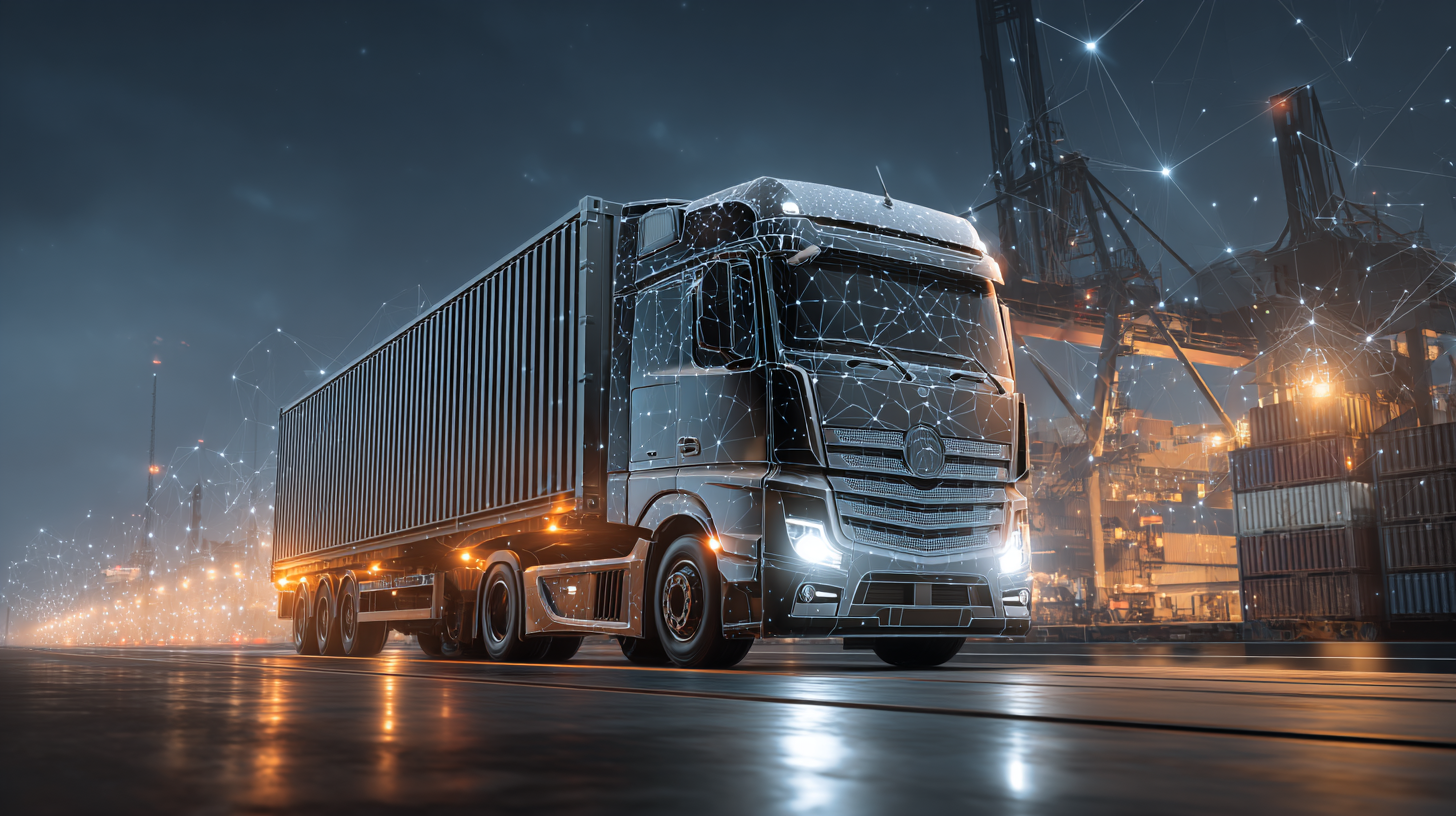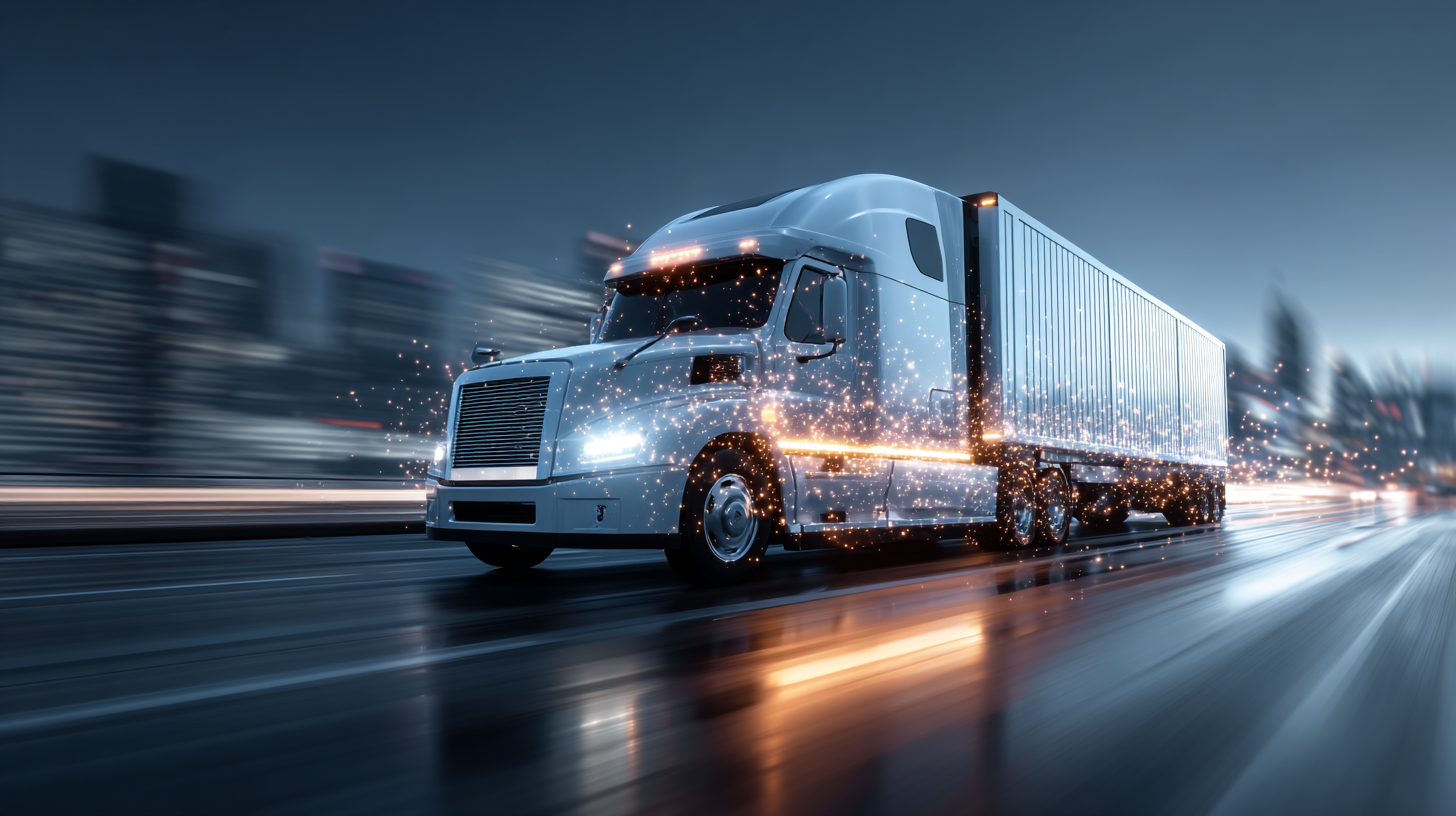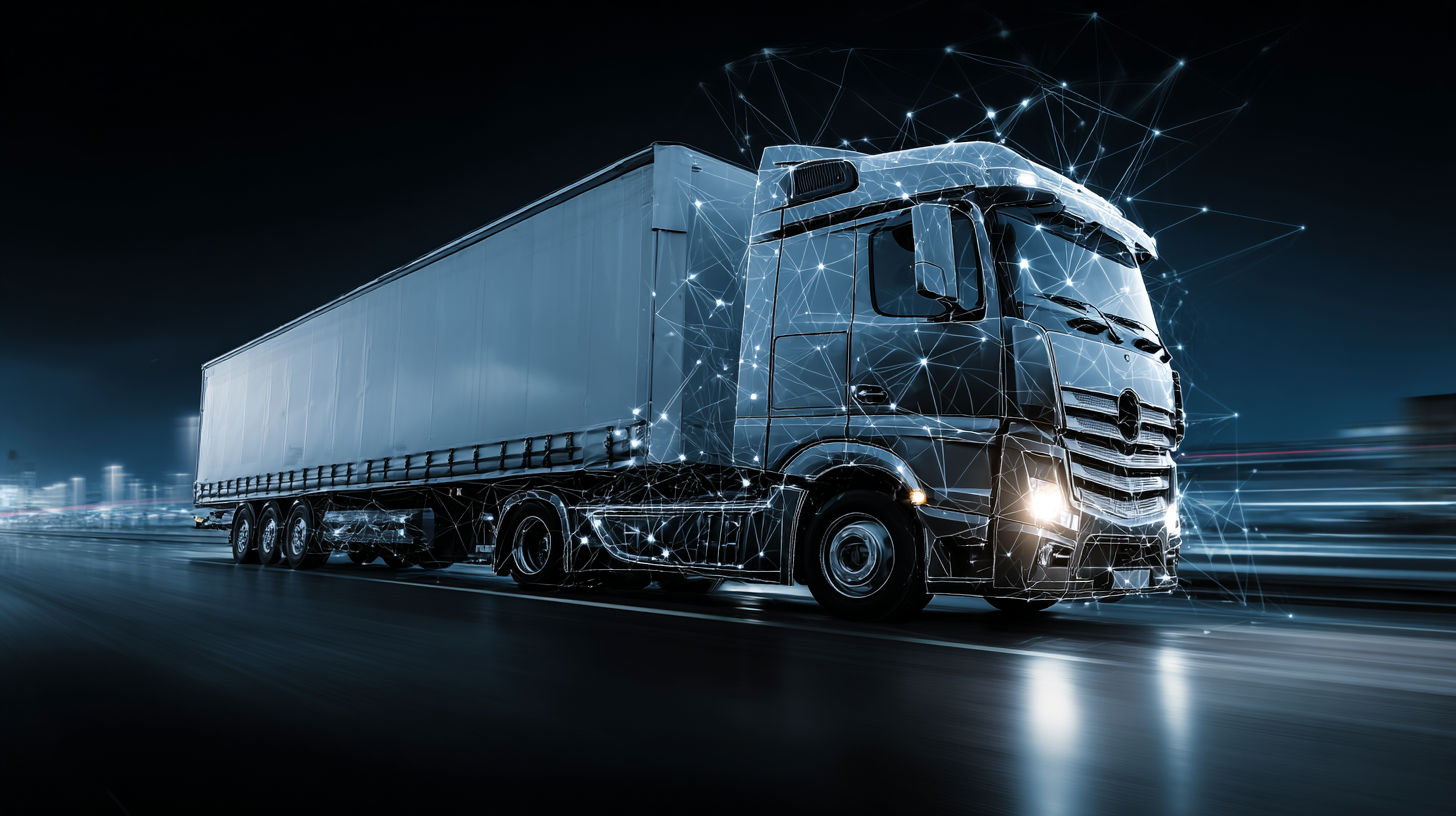Exploring Intelligent Transportation Systems
Intelligent Transportation Systems (ITS) integrate advanced technologies into transportation networks to improve efficiency, safety, and sustainability. Picture this: sensors collecting data from roads, vehicles, and even pedestrians, all communicating in real-time. AI plays an integral role in interpreting this data and making intelligent decisions. By doing so, ITS can provide you with relevant information about traffic conditions, optimize routes, and even suggest alternate transportation modes. With ITS, we see less congestion, lower emissions, and significant time savings—all of which enhance your daily commute or shipping operations.





